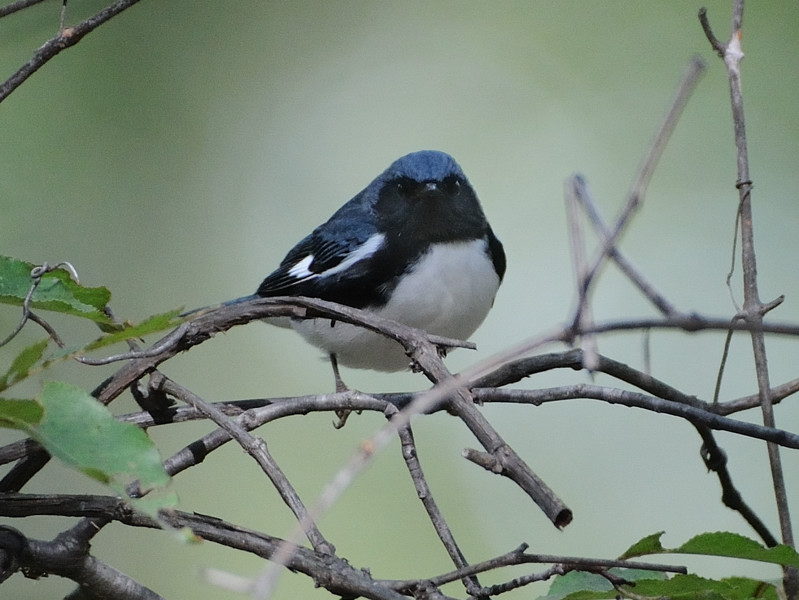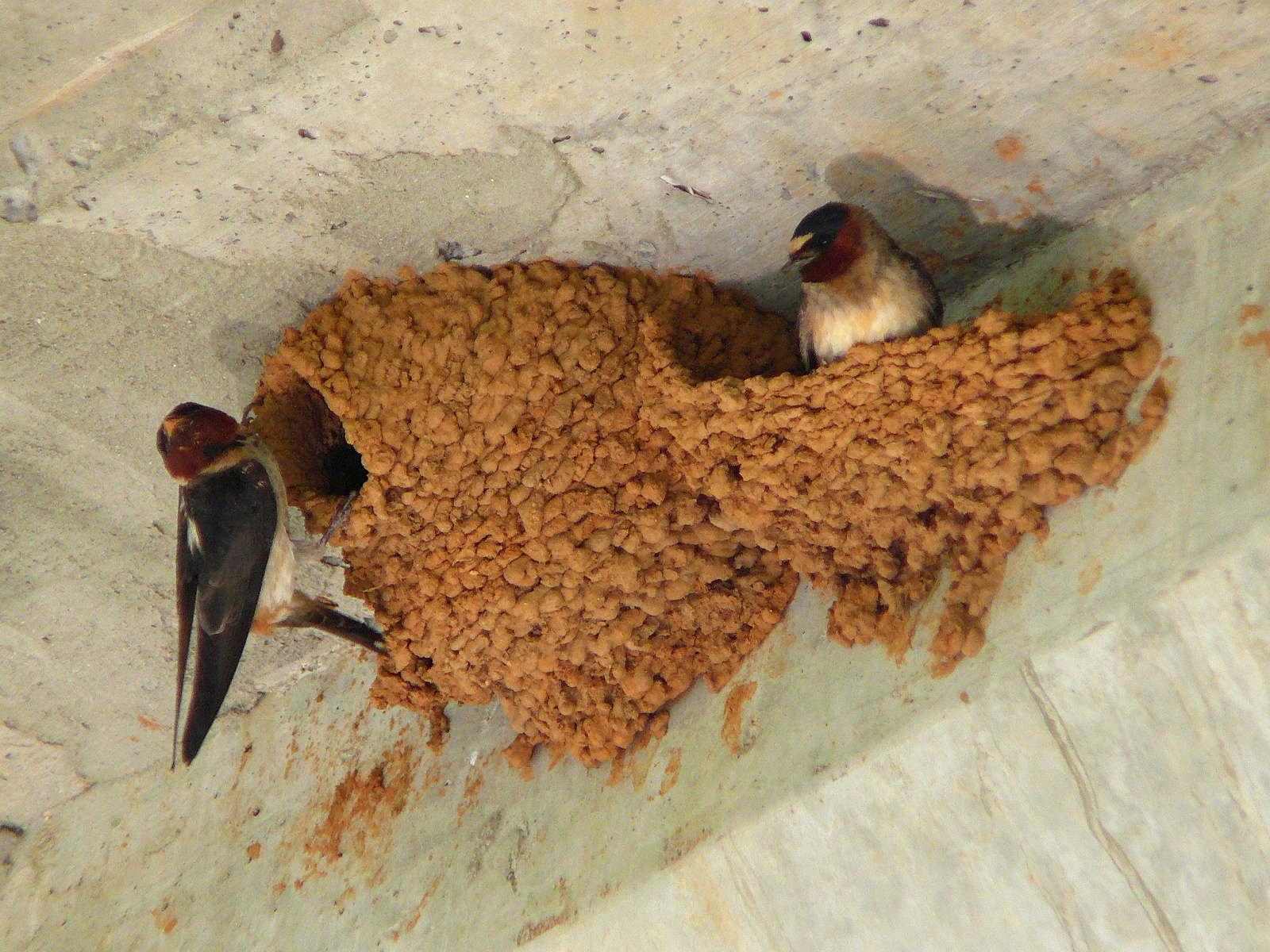Experts have estimated that, of all birds migrating through eastern North America, approximately 70% pass through at least one major metropolitan area per migration event. During this time, birds face a number of dangers, one of the least understood of which is collision with anthropogenic structures. Conservationists and bird-lovers alike have frequently called attention to the avian mortality caused when the birds fly into buildings and communication towers. Indeed, there are several long-term datasets that document the many deaths caused by collision--as many as 25 million total mortalities from towers, and 1 billion mortalities from windows, cumulatively representing nearly a quarter of all breeding land birds in North America.
However, absolute numbers are not really informative. The loss of 1,000 individuals of a given species has very different impacts on the species' long-term population numbers depending on whether there are, say, 10,000 or 1,000,000 birds comprising the entire breeding population. In other words, to really understand the implications of collision mortality, it is important to put the body counts into perspective.
This is exactly what collaborators from the University of Minnesota did in a study published this past week. They utilized existing datasets describing birds that were found dead after collisions with towers (180,832 mortalities of 188 species at 39 sites) and buildings (62,271 mortalities of 147 species in 3 cities) in the eastern half of North America. The researchers focused on species that bred, migrated through, and/or wintered in habitats near the towers, and on species that occurred regularly in the area near the buildings. For each focal species, they calculated per capita collision risk by comparing total known collision mortality (determined by body counts at each site) with total population size (determined by Breeding Bird Survey data).
(Black-throated blue warbler (Dendroica caerulescens), identified as one of the birds most likely to fly into buildings and towers.)
Unsurprisingly, the researchers found a significant correlation between collision mortalities and population size: More common birds are more likely to fly into towers and buildings. However, there are a few species that were identified as "super colliders" and "super avoiders," indicating that the extent of their presence or absence in the body count data was unexpected given their population numbers. Black-throated blue warblers (Dendroica caerulescens) are "super colliders" at both towers and buildings, while cliff swallows (Petrochelidon pyrrhonota) and horned larks (Eremophila alpestris) are consistently "super avoiders." The extent of vulnerability to collision varied by species; at towers, for instance, the top 5 most vulnerable species are 96-236 times more likely to experience collisions than expected by chance, while the 5 least vulnerable species are 222-688 times less likely to to experience collisions than expected by chance.
(Cliff swallows (Petrochelidon pyrrhonota), one of the two "super avoiders" of both towers and buildings.)
Even more interestingly, when the researchers compared the likelihood of collisions relative to total population size with raw body count data, only two "super colliding" species were also found among the top 5 species identified by the body count data (swamp sparrows, Melospiza georgiana, at buildings, and bay-breasted warblers, Dendroica castanea, at towers). Vulnerability appears to be a shared trait within avian families: Wood warblers are much more vulnerable to collision, for instance, while swallows are much less so.
(Swamp sparrow (Melospiza georgiana), one of the two "super colliders" that also made up a high proportion of the total body count at buildings.)
A second component of the study involved determining the impact of species' migratory habits, including total distance traveled, migration destination, and whether the birds traveled at night or during the day. Species that travel farther--either in terms of absolute distance or simply being "Neotropical" versus "local" migrants--are more likely to experience collisions than short-distance birds and non-migratory species. Furthermore, collisions are significantly more likely among nocturnal migrantsthan diurnal migrants.
Despite the high numbers of mortality at these two types of anthropogenic structure, the authors did not detect any impact of collision rates on avian population health. In fact, there was a weak positive relationship between population change and vulnerability to collision with buildings, indicating that more vulnerable species were actual more likely to have increasing population numbers.
(Window decals, one mitigation method that can reduce avian collisions with buildings.)
Overall, the results of the study indicate that, while buildings and towers certainly aren't doing migratory birds any favors (an issue also addressed in this recent post), they also don't appear to be having any long-term negative impacts on avian populations, either. The authors are careful to say that this is no reason for managers to stop employing mitigation techniques, such as turning out lights during peak migration and minimizing vegetation near glass building faces, that can reduce avian collision mortality. Rather, they emphasize that these methods do not address the factors that are actually responsible for avian population declines--including habitat destruction, climate change, house cats, and poisoning, to name a few.
---
Arnold, T.W., Zink, R.M. 2011. Collision mortality has no discernible effect on population trends of North American birds. PLoS ONE 6(9):e24708.
Thanks to the following websites for providing the images used in this post:
http://www.telecommunication-equipment-product.com/communication-tower-sd02a.htm





No comments:
Post a Comment